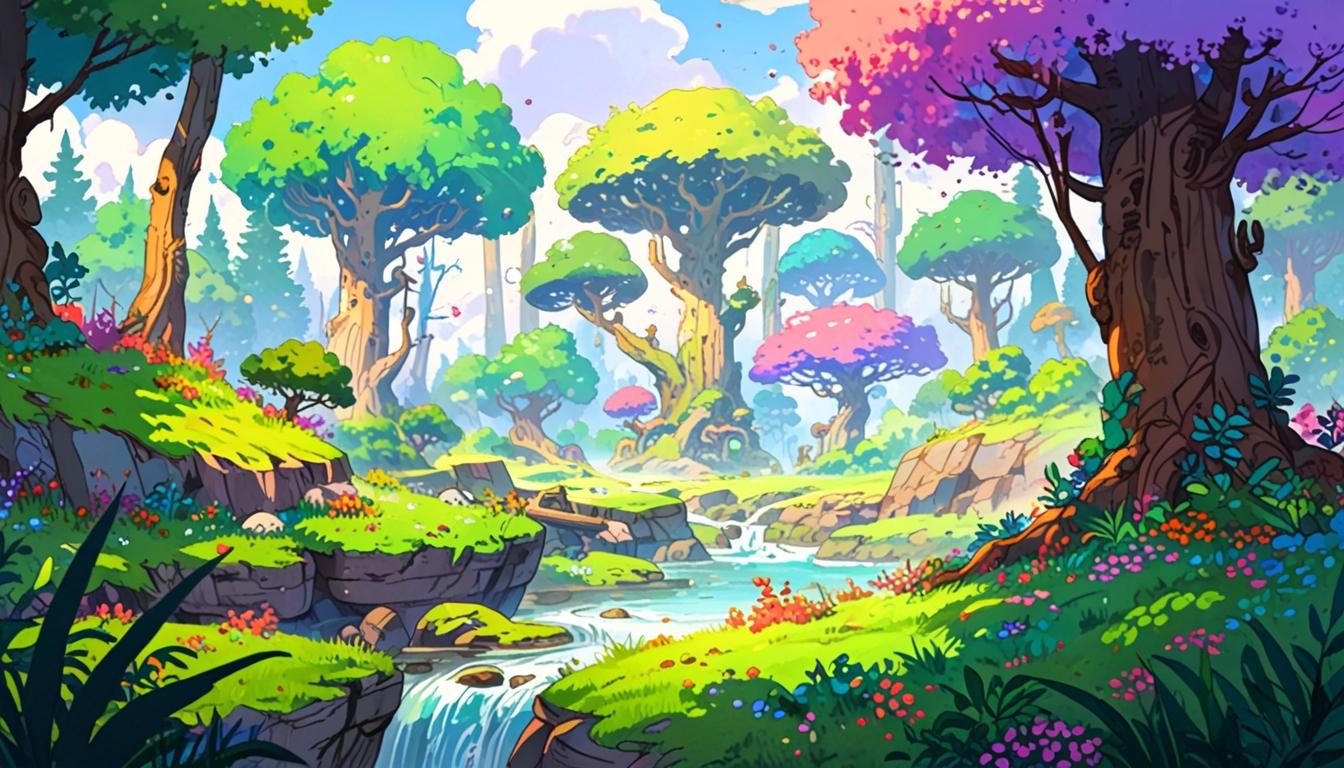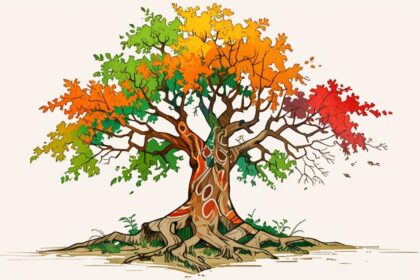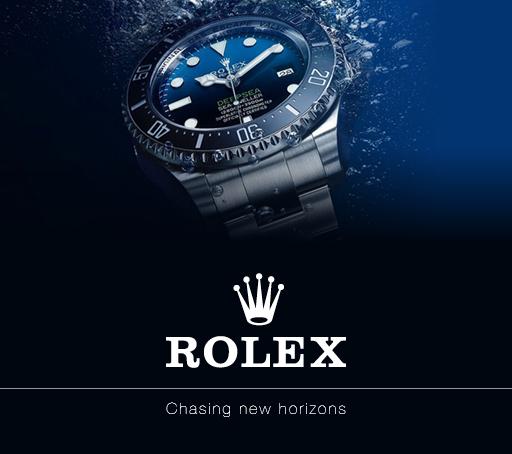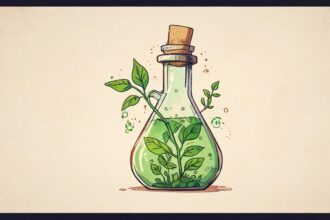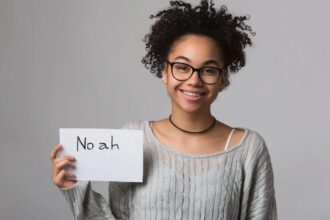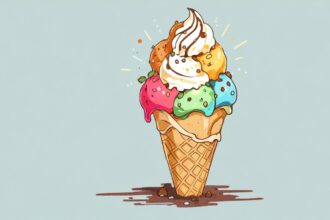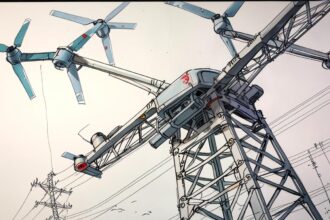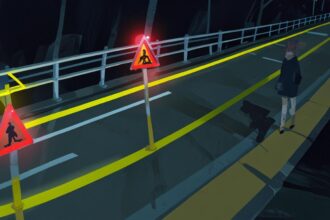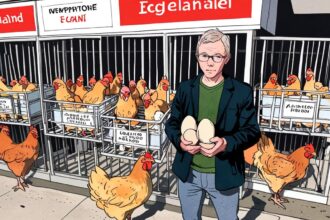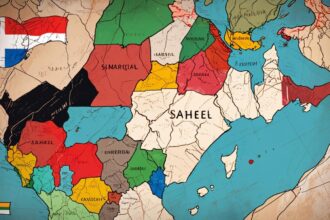OpenAI’s new Ghibli feature on ChatGPT promises creativity but faces backlash over content restrictions, highlighting ethical debates in AI-generated art.
In the rapidly evolving landscape of artificial intelligence and creativity, OpenAI’s latest feature within its ChatGPT platform, known as Ghibli, has ignited widespread interest and some frustration among users. The feature, designed to allow users to generate images inspired by the iconic Studio Ghibli aesthetic, was announced by OpenAI CEO Sam Altman on March 25, 2025. Since then, users have been eager to transform their photos into whimsical, Ghibli-like portraits, inspired by the animation studio renowned for its films such as “Spirited Away” and “Princess Mononoke”.
As users began sharing their creations on social media, there arose a significant divide in user experiences. While some patrons of the feature celebrated their successful creations, a substantial number of users reported being met with a barrier of content policy restrictions that prevented them from accessing the image generation capabilities. Many took to platforms such as X (formerly Twitter) to express their dissatisfaction, with one user stating, “No matter how many times I try to rewrite the prompts on ChatGPT to make this image into a studio ghibli style, it keeps telling me it does not follow content policy,” highlighting the frustrations of those who encountered repeated error messages when attempting to generate Ghibli-style images.
The origin of these restrictions appears to stem from OpenAI’s policies concerning the alteration of real individuals’ likenesses. A prevalent message encountered by users was the assertion, “I wasn’t able to generate a Studio Ghibli-style version of your photo due to content policies around modifying real people’s likenesses.” This has led many to speculate on the ethical implications and limitations of AI creativity as OpenAI grapples with balancing user demand against responsible content guidelines.
OpenAI later acknowledged the overwhelming popularity of the Ghibli feature, with Altman remarking that it was “more popular than we expected.” This surge in interest has resulted in a temporary hold on access for free-tier users, much to the dismay of those eager to partake in the Ghibli trend. The release of the feature, which was initially welcomed for its innovative potential, now presents OpenAI with compounded challenges as the company seeks to address both user desires and ethical considerations.
In addition to the constraints experienced by many users, the Ghibli feature has gained further attention due to the viral nature of the images produced. As reported by “The Washington Post”, users began to turn the AI’s capabilities toward not just whimsical portraits but also reproductions of notable historical moments—painting sensitive and sometimes controversial scenes in a light-hearted Ghibli style. This critical pivot in usage spurred fresh debates surrounding the obligations of AI companies to artists and the evolution of copyright laws in the face of advancements in technology.
According to Joanne Jang, head of product at OpenAI, the company aims to grant users maximum creative freedom while ensuring that images are not generated in the style of living artists. “Our goal is to give users as much creative freedom as possible,” she stated, clarifying that while the tools now permit broader studio styles, they continue to prevent generations in the style of individual artists.
As the dialogue evolves, artists have expressed apprehensions about how AI-generated imagery can dilute genuine artistic processes. Poet Puneet Sharma articulated wider concerns, observing, “What’s sad is that most users know nothing of Miyazaki, nor do they grasp the difference between process and processed, between creation as a journey and consumption as a shortcut.” This viewpoint echoes sentiments from various artist communities advocating for the protection of creative integrity amid growing AI capabilities.
The disparity between users enjoying successful Ghibli-style images and those facing repeated access issues illustrates a broader dynamic in the AI landscape—where creativity meets ethical boundaries, and user engagement demands can outpace technological system readiness.
As OpenAI continues to refine its image generation policies and navigate this burgeoning interest, stakeholders are left contemplating the implications of AI technologies, both in terms of creative potential and the adherence to ethical standards. With ongoing discussions about AI’s impact on traditional art forms and the nature of creativity itself, the story surrounding ChatGPT’s Ghibli feature reflects a significant moment in the intersection of technology, artistry, and user experience. As the situation develops, it remains pivotal for both AI developers and users to consider the future of AI-generated art within the frameworks of ethical considerations and artistic respect.
Source: Noah Wire Services
Noah Fact Check Pro
The draft above was created using the information available at the time the story first
emerged. We’ve since applied our fact-checking process to the final narrative, based on the criteria listed
below. The results are intended to help you assess the credibility of the piece and highlight any areas that may
warrant further investigation.
Freshness check
Score:
9
Notes:
The information is very recent, referencing events in March 2025. However, there is no clear indication if the content is entirely original or based on recent press releases.
Quotes check
Score:
8
Notes:
Quotes from Sam Altman and Joanne Jang are presented, but no original sources are provided. Puneet Sharma’s quote is also included without indicating if these are the earliest known references online.
Source reliability
Score:
7
Notes:
The narrative references well-known figures and companies like OpenAI and Studio Ghibli, lending credibility. However, the source itself is not explicitly a reputable news outlet.
Plausability check
Score:
8
Notes:
The claims about OpenAI and user reactions are plausible given the rapid evolution of AI technology. However, specific details like user interactions and artist responses could not be verified.
Overall assessment
Verdict (FAIL, OPEN, PASS): OPEN
Confidence (LOW, MEDIUM, HIGH): MEDIUM
Summary:
The narrative is recent and references plausible events in the AI landscape, but lacks explicit sources for quotes and could be based on recent press releases rather than original reporting. The subject matter aligns with current technological advancements, but specific details like user experiences and expert opinions lack verification.


